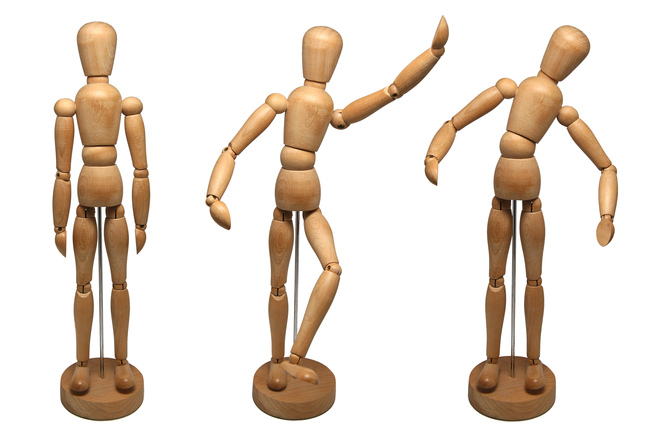As the new year fast approaches, we like to look back on the best – and worst – of the previous year. Twenty-sixteen did great work of the latter category, which is why I chose 2016 as the ‘word’ of the year on Slate. But why is best called “best” and what makes worst “worst”? Let’s have a look back on the origin of these two yearend favorites.
You ‘supplete’ me
English forms comparative adjectives by adding -er or more (faster, more furious) and superlative adjectives with -est or most (fastest, most furious). Except when it doesn’t. Good and bad present us with a curious exception: good/better/best and bad/worse/worst. Linguists call this irregularity “suppletion,” as an unrelated form fills, or supplies, a gap in a grammatical paradigm.
We especially see suppletion in verbs: Take went as the past tense of go, for instance, or try your tongue at any number of everyday Romance language verbs (aller/vais). And while we may treat all suppletive forms as irregular, we can’t consider all irregular forms as suppletive. Teeth and geese are irregular plurals (viz. adding -s/-es to the end of a word), but they actually follow a regular pattern of making words plural that English has long since lost.
Good jobs
Good – from the Old English god, with no apparent relation to the divine beings – ultimately traces back to Germanic and Indo-European roots for “fitting” and “suitable.” And it would have been fitting if the word good‘s degrees of comparison, following the regular paradigm, were gooder and goodest, but, alas, good (and well) use better and best.
English gets better (Old English, betera) and best (betst) from old and widespread comparative and superlative forms of a Germanic base, *bat-, meaning “good.” This root also provides boot, “advantage” or “profit,” now only surviving in the phrase to boot, or “additionally.” This boot, unrelated to the footwear, may have influenced a pirate’s booty, but no further etymological connection is certain.
So, better and best, while themselves irregular forms for good, display a regular pattern for expressing comparison in English. Better, to put it very simply, adds -er to its root adjective. Best adds -est.
Bad boys
Now, badder and baddest – which, in spite of grammar scolds, enjoy some dialectical and colloquial currency today – were once normal forms of bad. (The origin of bad is a big question mark. Some point to the Old English bæddel, “hermaphrodite” or “effeminate man,” a derogatory term, which, thankfully, is outdated.) In Middle English, bad began supplanting evil and ill as the go-to descriptor for something “not good.” Evil and ill, meanwhile, used worse and worst for their comparatives and superlatives. As bad rose, it took worse and worst with it.
Like better and best, worse (Old English wyrsa) and worst (wyrresta) also come from the regular comparative and superlative forms of a Germanic root, adding -er and -est to *wers-, “to entangle.” This same root provides war; an “entanglement” causes confusion, a meaning which intensified over time. And the s in worse actually preserves a really old form of the Germanic source of -er (*-izon; -est < -isto). This makes a form like worser a double comparative; again, in spite of language peevers, worser was once a common and acceptable form. (Bestest, a double superlative, has been used for humorous emphasis since the 1750s.)
For better or worse
It turns out that it’s not better/best and worse/worst that are the grammatical ‘problem.’ As their etymologies show, they follow a pattern, leaving good and bad as the true troublemakers. But why would English even do this in the first place?
For one thing, English isn’t alone. Latin, along with many other Indo-European languages, shows suppletion in its “good” and “bad” trios: bonus/melior/optimus and malus/peior/pessimus, respectively.
For another, it just the way it is. Language is messy – and so are its speakers. As etymologist Anatoly Liberman sums it up best: “Good needed a partner meaning ‘more than good’ and better offered its services. We would have preferred ‘gooder,’ but our indomitable ancestors chose to do their work the hard way.”
It couldn’t’ve been any worse, I suppose.




